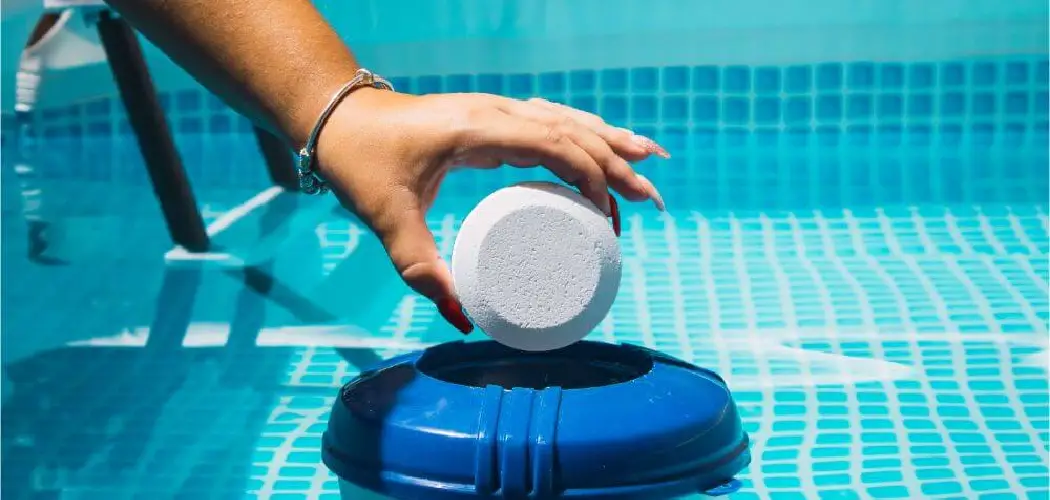It’s no secret that keeping your pool clean and free of contaminants is a big job. One important part of maintaining a pool is ensuring the chlorine levels are correct. If the chlorine levels get too high, it can cause a “chlorine lock.”
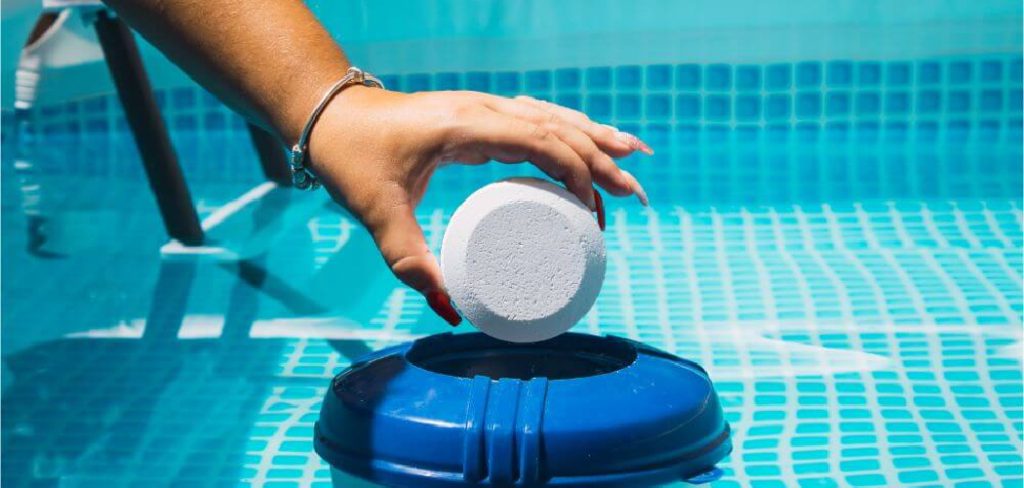
This condition makes it difficult for the chlorine to do its job and can lead to poor water quality. Fortunately, there are ways how to fix chlorine lock and get your pool back on track. We’ll also provide tips for keeping your pool’s chlorine levels in check. So if you’re having trouble getting your pool to maintain its chlorine level, read on!
What Is Chlorine Lock?
Chlorine lock occurs when the chlorine in your pool becomes bonded to organic matter, such as sweat, oils, dirt, and leaves. This bond prevents the chlorine from effectively sanitizing the water. As a result, the water quality can suffer and you may start to see more algae growth. However, you can do a few things to fix the chlorine lock and get your pool back in tip-top shape.
The first step is to raise the pH levels in your pool. You can do this by adding a pH increase to water, such as sodium bicarbonate (baking soda). The higher pH levels will help break the bonds between the chlorine and the organic matter. You can also try using a pool shock. Pool shocks are designed to break up organic matter, and they can also be effective in breaking the bonds between chlorine and organic matter.
How Does a Chlorine Lock Occur?
There are a few things that can cause chlorine lock. One is using too much chlorine in your pool. When the chlorine levels get too high, it can start to bond with organic matter. Another cause of chlorine lock is not circulating the water enough. This can lead to the chlorine bonding with organic matter that has settled at the bottom of the pool.
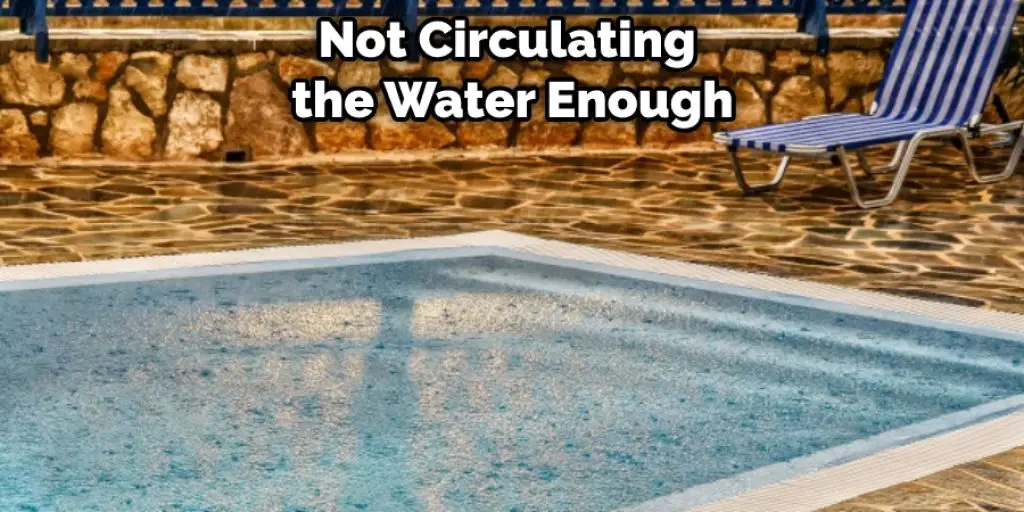
If the bond is not broken, the chlorine can become “locked” and ineffective. When the chlorine lock occurs, you’ll notice that the chlorine levels in your pool start to drop. This is because chlorine is now bonded with organic matter and can no longer effectively sanitize the water. As a result, the water quality can suffer, and you may start to see algae growth.
10 Effective Ways on How to Fix Chlorine Lock
1. Circulating the Water Properly
One of the main causes of chlorine lock is stagnant water. If the water in your pool is not circulating properly, it can lead to chlorine bonding with organic matter. Make sure you are circulating the water at least once a day to prevent this from happening.
2. Avoiding Over Chlorination
Another cause of chlorine lock is over chlorination. When the chlorine levels in your pool get too high, it can start to bond with organic matter. To prevent this from happening, make sure you are only using the amount of chlorine that is recommended for your pool.
3. Adding a PH Increaser
If you find that your pool has already developed a chlorine lock, one way to fix it is by adding a pH increaser. This will help break the bonds between chlorine and the organic matter. If you see the chlorine levels dropping, add a pH increase to the water.
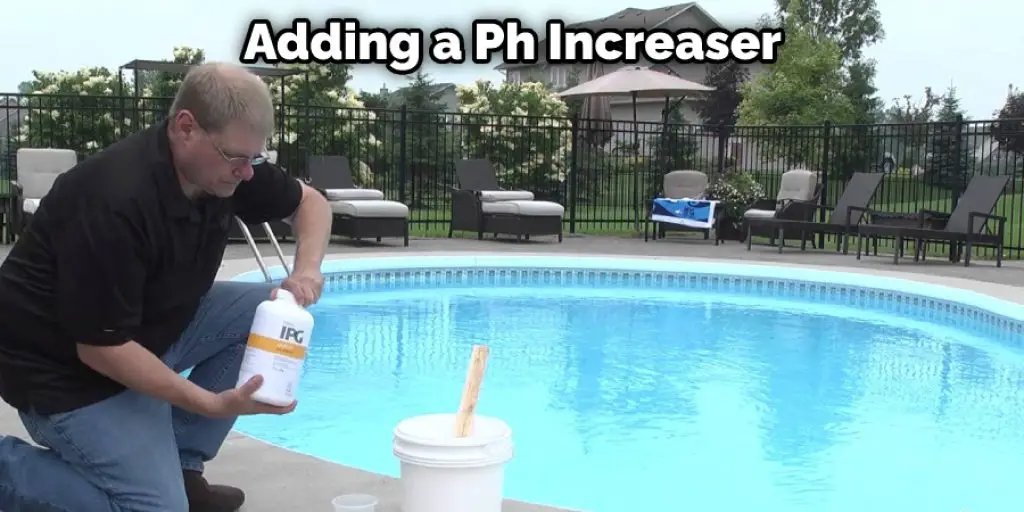
4. Adding a Pool Shock
Another way to fix the chlorine lock is by adding a pool shock. Pool shocks are designed to break up organic matter, and they can also be effective in breaking the bonds between chlorine and organic matter. So if you see the chlorine level in your pool is low, and you are not sure what is causing it, you can add a pool shock. But, again, be sure to follow the directions on the package and only add the recommended amount.
5. Keeping the Pool Clean
One of the best ways to prevent chlorine lock is to keep the pool clean. This means regularly cleaning the filters and skimming the surface of the water. Doing this will remove organic matter that can quickly turn into chloramines. However, if the chlorine level in the pool gets too low, it can also lead to a chlorine lock. It’s also important to make sure the pH levels of the water are balanced. If the pH is too high or too low, it can cause problems with the chlorine’s ability to kill bacteria and algae effectively.
6. Using a Pool Cover
Another way to prevent chlorine lock is by using a pool cover. Pool covers help keep the water clean and free of debris. They also help keep the water warm, preventing algae from growing. If you live in an area with many trees, using a pool cover can also help keep leaves and other organic matter out of the water.
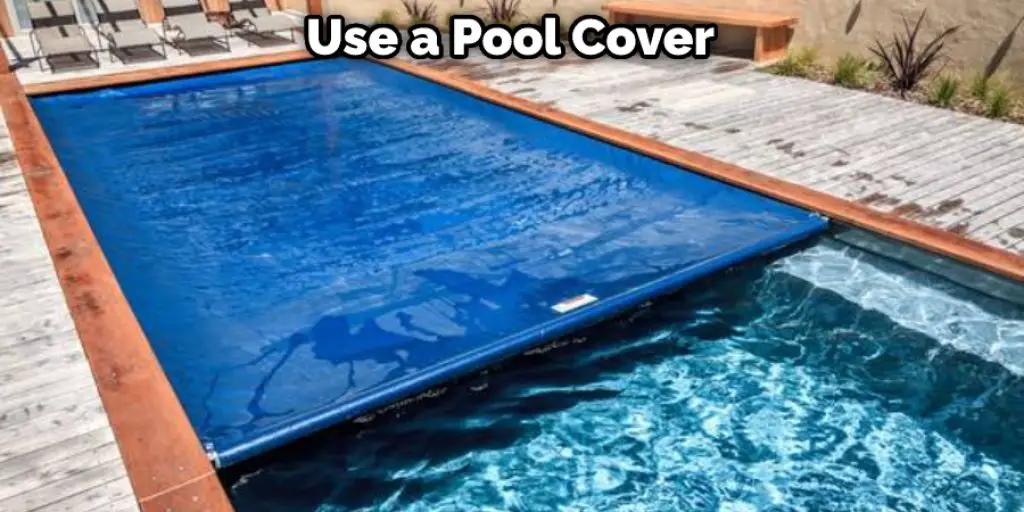
7. Adding an Algaecide
If you already have a chlorine lock, the best way to fix it is by adding an algaecide to the water. Algaecides are chemicals that kill algae and other organisms in the water. They can be found at most pool supply stores.
First, test the water to add an algaecide to see how much chlorine is present. If the chlorine level is below 3 ppm, you will need to add more chlorine to the water before adding the algaecide. According to the manufacturer’s instructions, simply add the algaecide to the water once the chlorine level is high enough.
8. Cleaning the Pool Filter
A dirty filter can cause the chlorine in the water to become trapped and unable to do its job properly. First, turn off the power to the pool pump to clean the filter. Then, remove the filter cartridge and clean it with a hose. You may also need to clean the filter housing with a brush. Once the filter is clean, replace the cartridge and turn on the power to the pool pump. If you have a sand or DE filter, you will need to backwash the filter to clean it.
9. Adding a Chlorine Booster
If you are still having problems with the chlorine lock, you may need to add a chlorine booster to the pool. A chlorine booster is a chemical that helps to increase the amount of chlorine in the water. You can purchase a chlorine booster at your local pool supply store. If the Chlorine booster is in tablet form, dissolve it in a bucket of water before adding it to the pool.
10. Partially Drain the Pool
If you have tried all of the above methods and are still having problems with chlorine lock, you may need to drain the pool partially. This will help to remove some of the water that contains high levels of chloramines. Turn off the power to the pool pump and open the drain valve to do this. Allow the water to drain until it is about halfway down the pool.
You Can Check It Out to Keep a Pool Clean Without Chlorine
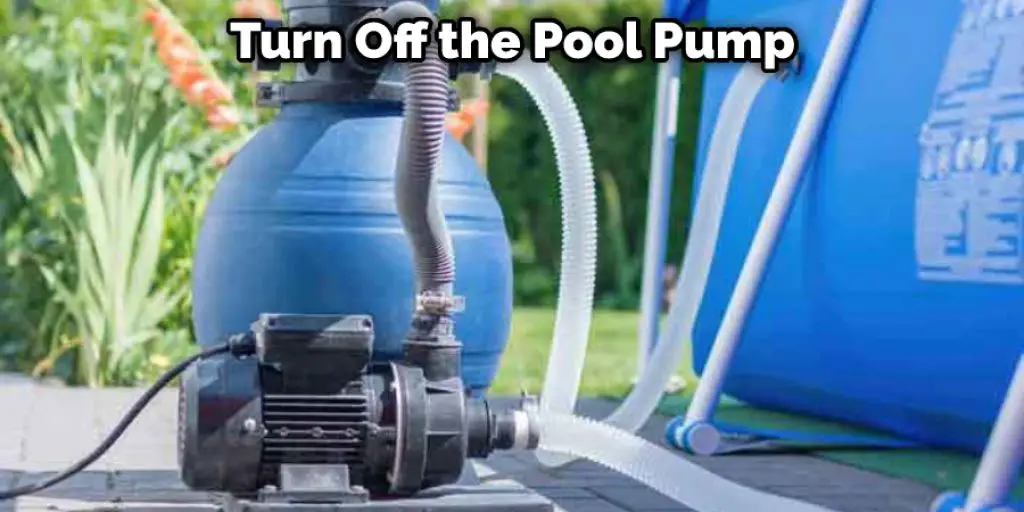
Tips to Prevent Chlorine Lock in the Future
Here we have given tips on how to fix chlorine lock and prevent it in the future.
- Make sure you are using the correct amount of chlorine for your pool size.
- Check the pH levels of your pool regularly and adjust as needed.
- If you live in an area with high temperatures, increase the amount of chlorine in your pool accordingly.
- Shock your pool regularly to help maintain a high chlorine level.
- Keep your pool clean by regularly cleaning the filters and skimming the water’s surface.
- Use a pool cover to keep debris out of the water and prevent algae growth.
- Add an algaecide to the water if you already have a chlorine lock.
- Add a chlorine booster to the pool if you find that you are still having problems with the chlorine lock.
Why Do You Need to Fix Chlorine Lock?
Chlorine lock is a common problem in swimming pools. When chlorine levels get too high, the chlorine binds with the pool water and becomes ineffective. This can happen for a number of reasons, including using too much chlorine or not shocking the pool regularly. If you don’t fix the chlorine lock, your pool will become a breeding ground for bacteria and algae, and it will be unsafe to swim in.
The good news is that chlorine lock is relatively easy to fix. There are a few different methods you can use, and the best one for you will depend on the severity of the problem. If you have a small amount of chlorine binding, you may be able to fix the problem by simply adding more chlorine to the pool. If you have a larger amount of binding, you may need to shock the pool or do a partial drain and refill.
Final Words
Chlorine lock is a common pool problem that can be fixed with simple steps. Chlorine lock happens when the chlorine in the water reacts with metals in the pool, such as copper or iron, to form compounds that make it difficult for chlorine to kill bacteria. This can lead to algae growth and other problems.
There are several ways how to fix chlorine lock; like adding more chlorine, shocking the pool, or using metal sequestrants. Each method has its own set of pros and cons, so it’s important to choose the one that will work best for your particular pool situation. If you are experiencing chlorine lock, please try the tips outlined in this blog post and let us know how it goes. We would also love to hear about your experiences with chlorine lock and any tips you may have to share.
Michael has always been interested in security and safety. When he was younger, he loved reading books about espionage and crime. This led him to develop a fascination with surveillance systems and home security systems.
He has 8 years of expertise installing, fixing camera problems and door locks. He also gained knowledge by helping homeowners to stay safe and secure in their homes.
Over the years, Michael has gained a great deal of experience in this field. He is responsible for the content development on this blog.

